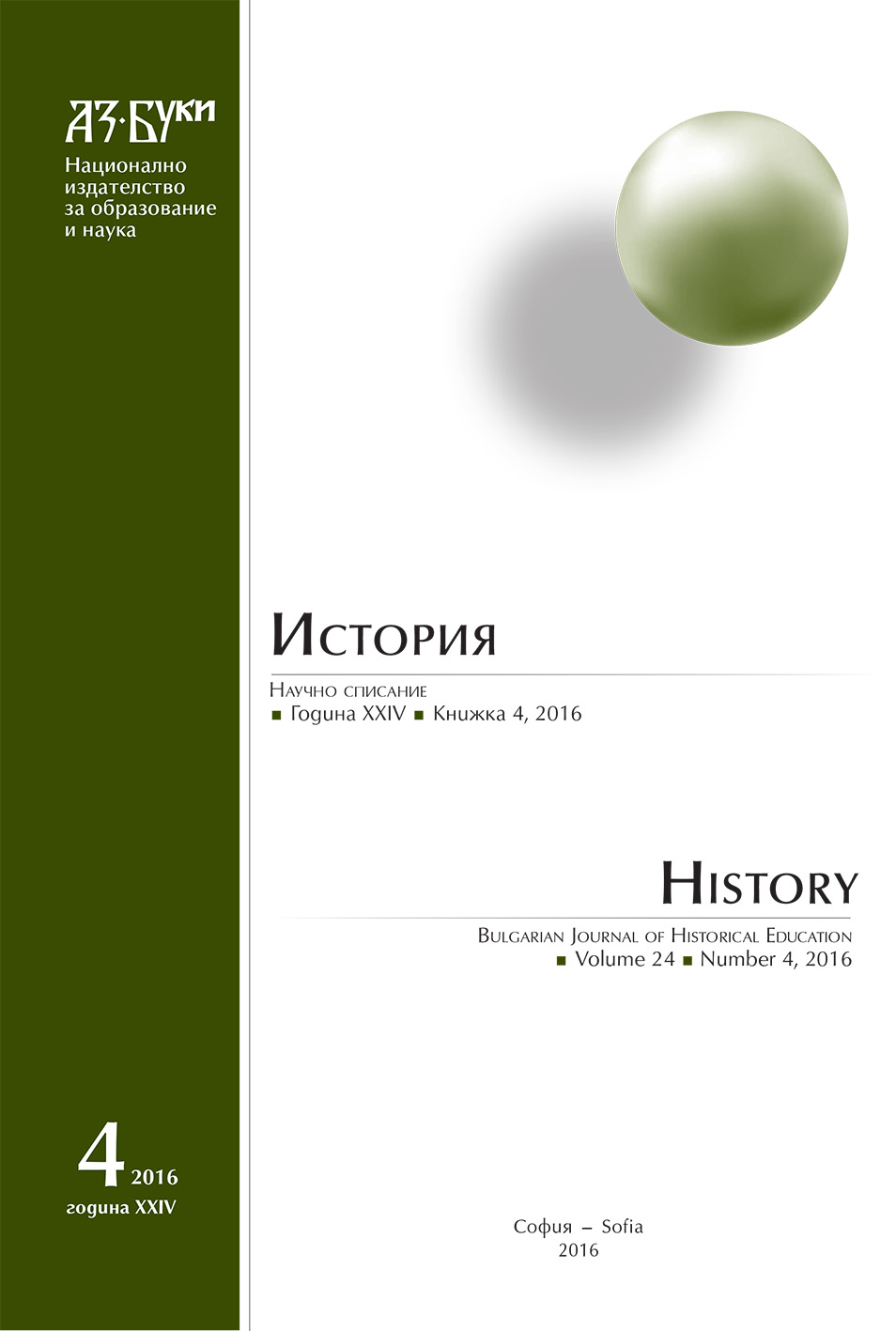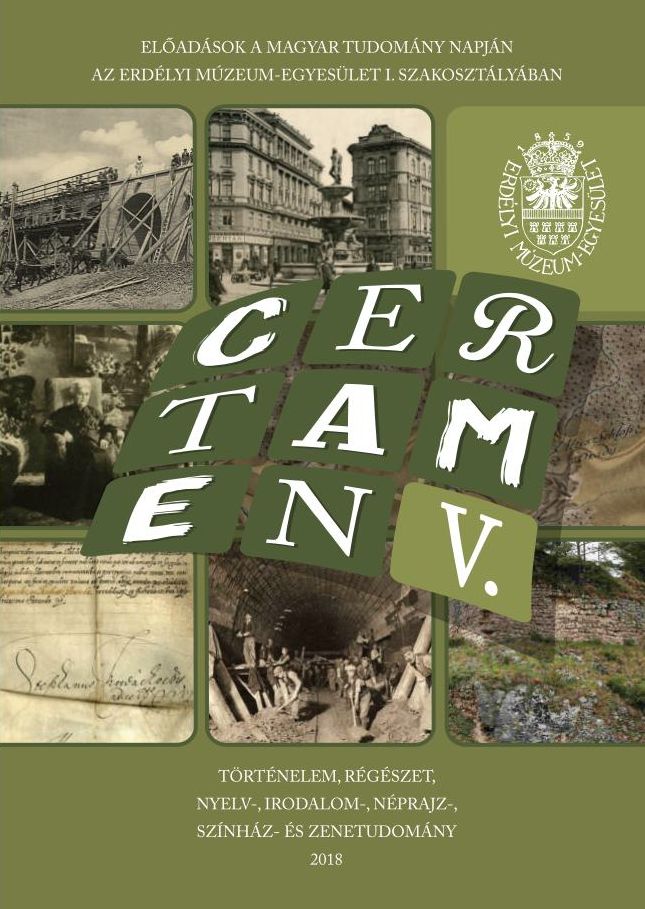
Depopulacija i promjene u prostornom rasporedu stanovništva na području Bjelovarsko-bilogorske županije od 1857. do 2001. godine
The population of the Bjelovar-Bilogora County, similar to most other Croatian regions, had passed through all the usual phases of demographic transition in the period between 1857 and 2001. The population size in this county had reached its peak in 1931; after the 1971 census however, the depopulation trend began in almost all rural settlements, due to the industrialisation processes. In the post-transitional phase during the last two decades, the depopulation was registered in several towns as well, while the majority of rural settlements entered the depopulation phase of gradual dying. Within this process, the level of depopulation differs significantly according to population spacing. Emigration and natality decrease indexes are most significant in rural settlements located far from urban centres and main roadways (Bilogora, Moslavačka gora and Western Papuk). In the last three decades, the depopulation trend has been present in as many as 80 percent of rural settlements! This fact has essentially changed the quality-related population features, bringing along aging, negative natural movement and gradual dying. These processes call for immediate action: introducing a new and more efficient economic (polycentric) and population policy.
More...










